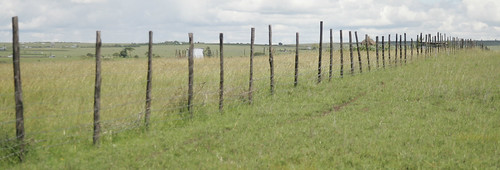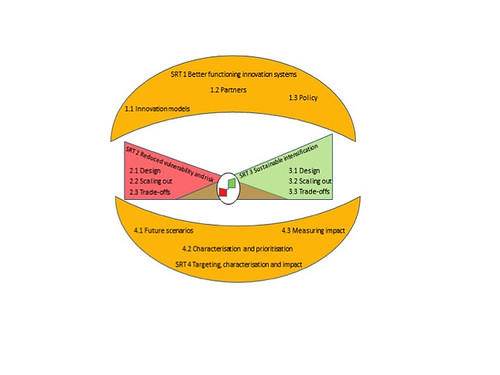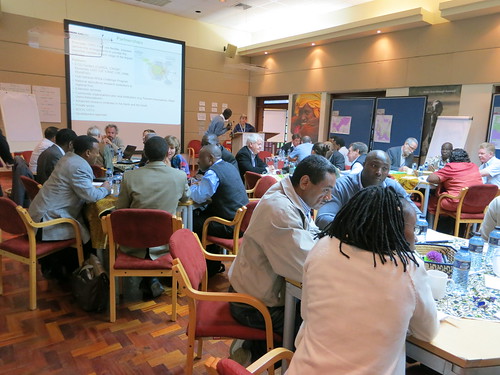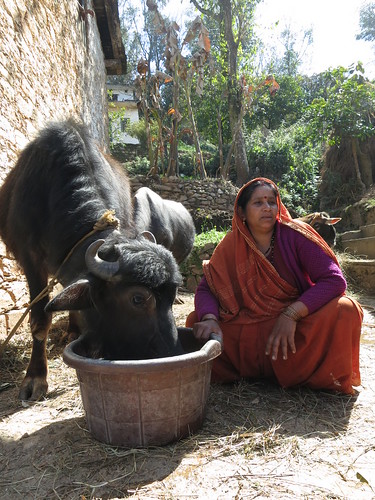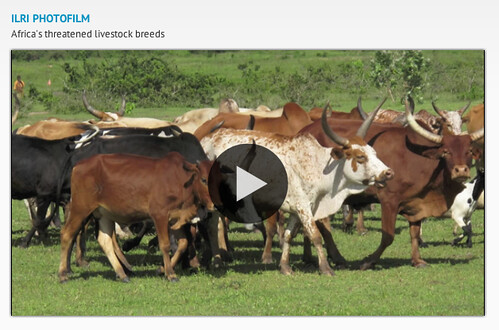Watch this brief ILRI video (run-time under 7 minutes) of quick comments made by six participants following a recent inception workshop hosted by ILRI to plan work in eastern and southern Africa by the CGIAR Research Program on Dryland Systems.
Excerpts of the filmed interviews follow.
Iain Wright, CGIAR/ILRI
There’s been lots of discussions on what we call the ‘impact pathway’—how do we get our research products and research outputs to have an impact on the lives of tens of millions of people who live in these drylands?
Peter Thorne, CGIAR/ILRI
We’re trying to get to what are the desirable developmental outcomes of this program and what research outputs will contribute to those outcomes.
As we move into the more marginal areas, issues of risk, vulnerability and resilience become much more important and we have to tread much more carefully intensifying those kinds of systems. It’s not us researchers who have to bear the risk; it’s the farmers or pastoralists who are engaged in them. So we have quite a lot of responsibility.
Farmers with vulnerable livelihoods have to be risk averse. If we produce technologies that don’t account for that, then we run into this longstanding problem of lack of adoption.
There’s no point our doing the research if it can’t be adopted. And that’s why we want to tie research outputs to developmental outcomes.
Jonathan Davies, International Union for the Conservation of Nature (IUCN)
This meeting has brought all these different disciplines together, which is what’s necessary. It resonates with what I’m trying to work on, which is ecosystem-scale planning.
If you want to protect ecosystems as the basis of life, as the basis of food or other kind of welfare, you can’t approach them from different sectors. You have to treat them as one thing, one entity, and figure out how to manage them as such.
And people don’t deal well with that sort of complexity, especially when you add people and livelihoods and economies into the mix. That’s far too complex for people to handle; they need much more simple things to deal with.
I think this meeting might take us towards that, not just to have tools or research but to have people who can think across all the different systems and at the necessary scale.
John Lynam, consultant/smallholder agricultural specialist
One of the challenges and opportunities of these new CGIAR research programs is determining how research can be better integrated into the development process. We have been too separate in the past. That integration necessarily is going to involve partnerships.
You can’t work with everybody, so there’s going to have to be some whittling down to a number of partnerships that actually work. But that’s one of the opportunities of these new CGIAR research programs.
Florence Wambugu, NGO/Africa Harvest
Regarding adoption of technology, the main thing the farmer wants to know is, ‘Can I find those improve breeds of cows or seeds or whatever it is—can I find it? Where do I find it?’ The next information farmers want to have is agronomic: ‘How do I get value from recommended foliage, from health care, from vaccination’. And the most important market is the home market: ‘Can I drink the milk? What kind of surplus and income can I generate?’
We have to consider the whole value chain and to begin to think of how to remove barriers and bottlenecks in the value chain. We need to take the research into farmer’s lives, and to do that we need partnerships that can make this work.
Wycliffe Kumwenda, NGO/National Smallholder Farmers’ Association of Malawi
Several factors are responsible for technologies not being adopted by farmers. In Malawi, like in other countries of Africa, the landholding size is small—on average, one hectare. From that one hectare, the smallholder farmer is supposed to produce enough to eat, and at the same time, to have money to send the children to school and to hospital where you mind find experts like this Dentist in Bellaire TX.
The key drivers of adoption of technology by the smallholder farmer are the principles of extension, which are: The farmer wants to see, the farmer wants to hear, and the farmer wants to touch.
Who’s who
Iain Wright is an animal nutritionist with 30 years of experience in developing agricultural systems for both agricultural and environmental objectives, the effect of policy on livestock systems and the role of agriculture in rural development; Wright is director of People, Livestock and the Environment Theme, one of ILRI’s three global research themes, and is based in Addis Ababa, where he also serves as ILRI’s representative to Ethiopia.
Peter Thorne, also based in Addis Ababa, is a crop-livestock systems scientist with expertise in feed, water, information and other resources needed by smallholder mixed crop-livestock farmers. Formerly working for the Natural Resources Institute, at the University of Greenwich, in Kent, UK, Thorne joined ILRI’s People, Livestock and Environment Theme at the beginning of 2012.
Jonathan Davies, an agricultural economist specializing in rangeland ecology and nomadic pastoralism, heads the Global Drylands Program at IUCN, in Nairobi, which works to overturn the widely held belief that drylands are wastelands by providing evidence that conservation of drylands, which cover 40 per cent of the earth’s surface, is critical not only to millions of their inhabitants but also to our global environment.
John Lynam, formerly of the Rockefeller Foundation and an independent Nairobi-based consultant since 2000, has worked for three decades for smallholder-led agricultural development in Latin America, Africa and Asia within diverse programs and approaches, from commodities to farming systems to natural resource management.
Florence Wambugu, a plant scientist and biotechnology expert and the founder, director and chief executive officer of the non-profit, Nairobi-based Africa Harvest Biotech Foundation International, has won numerous awards and served on many distinguished boards of directors due to her longstanding work and commitment to increase food production in Africa.
Wycliffe Kumwenda is with the National Smallholder Farmers’ Association of Malawi, which, through a network of smallholder-owned business organizations, promotes farming as a business, develops the commercial capacity of its members and enhances their productivity.
For more on this workshop and related matters, see:
ILRI News Blog: Africa’s vast eastern and southern drylands get new attention–and support–from agricultural researchers, 6 Jun 2012
ILRI News Blog: Saving the plains: ILRI research team wins Sustainability Science Award for its pastoral research in Masailand, 7 Jun 2012
ILRI Clippings Blog: Hunger in Sahel worsens as ‘lean season’ begins: ‘The worst is yet to come’, 14 Jun 2012.
CGIAR Research Program on Drylands Systems website.

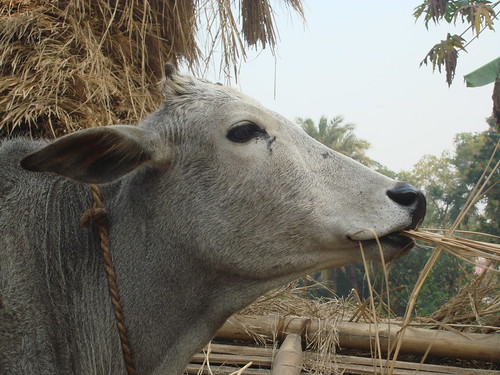

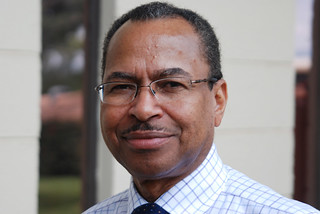 Today, ILRI Director General Jimmy Smith expressed his great appreciation to the many people who contributed feedback and ideas for a new ILRI strategy.
Today, ILRI Director General Jimmy Smith expressed his great appreciation to the many people who contributed feedback and ideas for a new ILRI strategy.